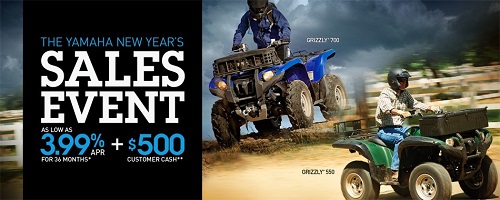 Some of us have been hunting Canada geese since September and are done now. For others, there’s still plenty of honker hunting left. Here’s where and how to do it. HONKER HOTSPOTS: Check your waterfowl regulations for extended opportunities. Maryland has late goose seasons—for Atlantic population and resident birds—well into the New Year (March 10, 2015 for the latter geese; Feb. 4 for the former).
Some of us have been hunting Canada geese since September and are done now. For others, there’s still plenty of honker hunting left. Here’s where and how to do it. HONKER HOTSPOTS: Check your waterfowl regulations for extended opportunities. Maryland has late goose seasons—for Atlantic population and resident birds—well into the New Year (March 10, 2015 for the latter geese; Feb. 4 for the former).
New York State offers Feb. 28-Mar. 10, 2015 “South Goose Hunting Area” honker hunting; extended opportunities exist on Long Island as well.
Indiana, not a typical state in waterfowling conversations, provides a late Canada goose hunt from Feb. 1-15, 2015 in 30 counties.
Other states, too? You bet—but too many to list here.
FOOD SOURCES RULE
Before you set your winter honker decoy spread, you have to find out where geese are feeding or where they might want to do it. Assuming you’re armed with a reliable shotgun, loads, and proven calls, here are some other basics.
Winter has just arrived after a fairly mild 2014-2015 waterfowl season. Food had been widely available—now snow covers some of it. Due to availability (or lack of), resident geese are much more likely to munch green grass and/or agricultural leavings to the south. Up north, you may have to fool them simply by the genius of your spread of decoys and the hyper-realism of it.
If flocks are spread out, food sources might be limited and they’re looking for it. Cold weather patterns, the kind found in late season, can contribute to this. Sometimes these spots are on or near moving water.
When a flock is packed in tightly, the food source might be abundant in that location. Birds are more sociable and maybe more susceptible to calling and decoying. It could also signal a coming weather change and shift from mild to frigid weather.
Adjust accordingly.
ROOSTING AND FEEDING
As a result, you’re often better off finding their roost (where geese loaf at night, often on water), and where they like to hang out by day, which could be near the same winter spot (check with the landowner first, if it’s a private holding), or any other available huntable public location.
This includes where you might call them out of the sky on their way from point A (the roost; often water) and point B (where they feed and/or linger during the daytime—also sometimes water).
If you’re like me you favor natural vegetation near food sources for late-season blinds if possible. Look for other food sources, especially if the farmer has only cut back part the field late last year. Land forms like drainage ditches near watery feeding areas with brushy cover provide an option too.
Many veteran waterfowlers also use shadows and sunlight for concealment—or at least try to pay attention to these natural factors. Blinds, layouts or otherwise, need to blend in with the natural landscape. It goes without saying that once set up, you hide inside that “invisible” structure until honkers wing into range. Or not.
Ask any hardcore late-season goose hunter when they scout and they’ll likely say: “I never stop.” Find the birds now. Watch them. When do they leave an area? Where do they go? Soon enough, where you live and hunt, you can get on these late honkers with your decoy spreads.
SUPER GOOSE SPREADS
Your spread (the arrangement of your goose dekes) should reflect the situation you’re hunting. Full-bodies. Shell decoys. Silhouettes. Motion stakes for realism. Mix and match, or stick with one style.
As fakes go, you should use the best you can afford. Add new options to the old reliable mix (often on sale now). If you hunt hard as many of us do, take care of your gear to and from your hunting spots. Decoy bags are a must. Some guys even put fakes in individual bags. Clean decoys with a bristle brush and water. No shortcuts. Do what it takes. It’ll put more geese in range.
Late-season geese have been subjected to serious hunter pressure. Sometimes smaller sets work fine, sure, situation depending. Bring out the 100+ deke spreads now with confidence though, as pressured honkers grow tougher well into winter. Be realistic as possible.

